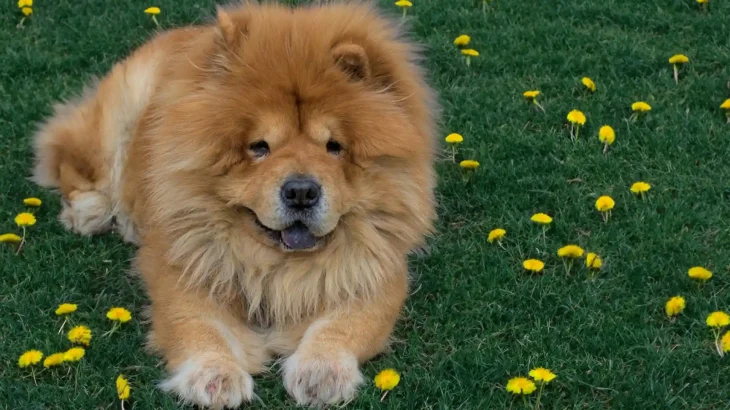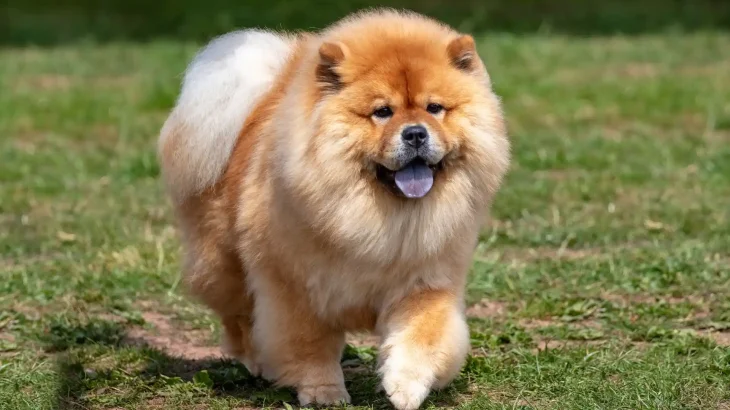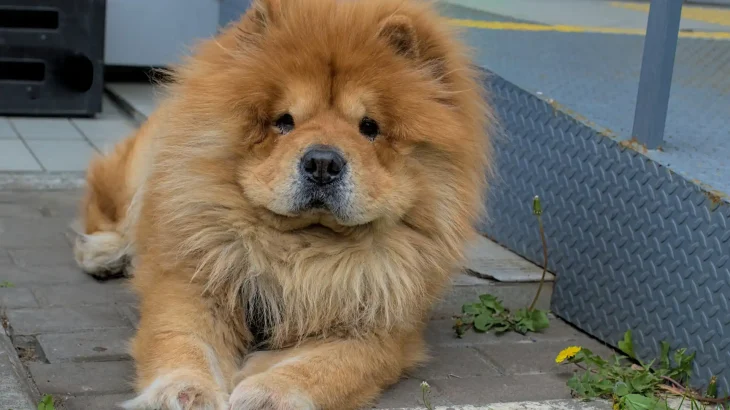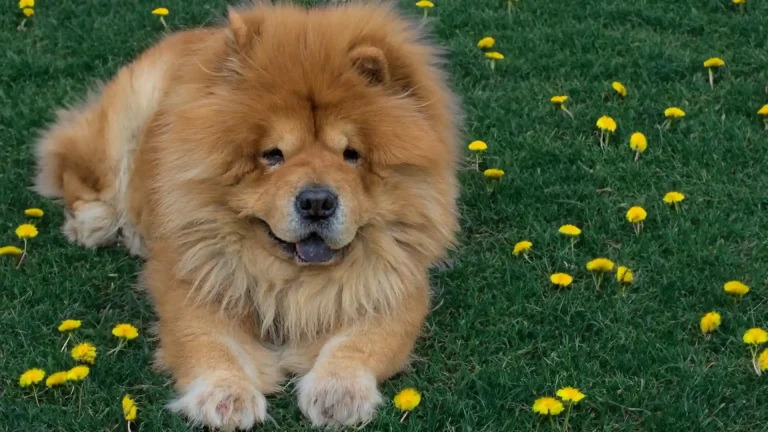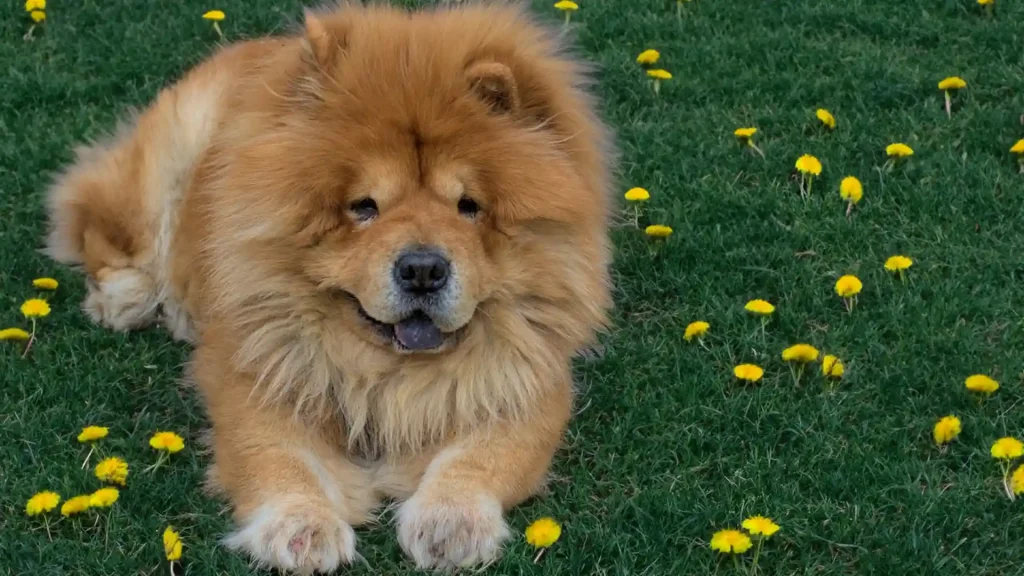Deciding whether to adopt or purchase a Chow Chow puppy depends largely on your priorities and lifestyle. Purchasing from a reputable breeder often ensures known lineage and health history, while adoption gives a loving home to a dog in need, sometimes with less certainty about its background. Both routes offer unique advantages and challenges that are important to consider.
Adoption vs. Breeder: Pros & Cons
| Criteria | Buying from Breeder | Adopting from Shelter/Rescue |
|---|---|---|
| Cost | Higher initial expense; Chow Chow puppies from breeders typically cost more due to pedigree and health screening. | Lower adoption fees, which often include vaccinations and spaying/neutering. |
| Health History | Detailed health and genetic screening info from reputable breeders. | Health history may be incomplete; shelters perform basic health checks and sometimes behavioral assessments. |
| Age Availability | Primarily puppies, allowing early training and socialization. | Range of ages, including puppies, adults, and seniors, requiring adjustment time. |
| Temperament Insight | Breeders provide lineage temperament info, helpful for independent Chow Chows. | Shelter staff share observed behaviors, but full temperament history may be unknown. |
| Supporting Practices | Supports selective breeding; verify ethical breeding practices. | Supports animal welfare by providing homes for dogs in need, including those with challenges. |
| Risk of Genetic Disorders | Lower if breeder conducts genetic health screening. | Potentially higher due to unknown backgrounds, but adoption saves dogs who might otherwise be euthanized. |

